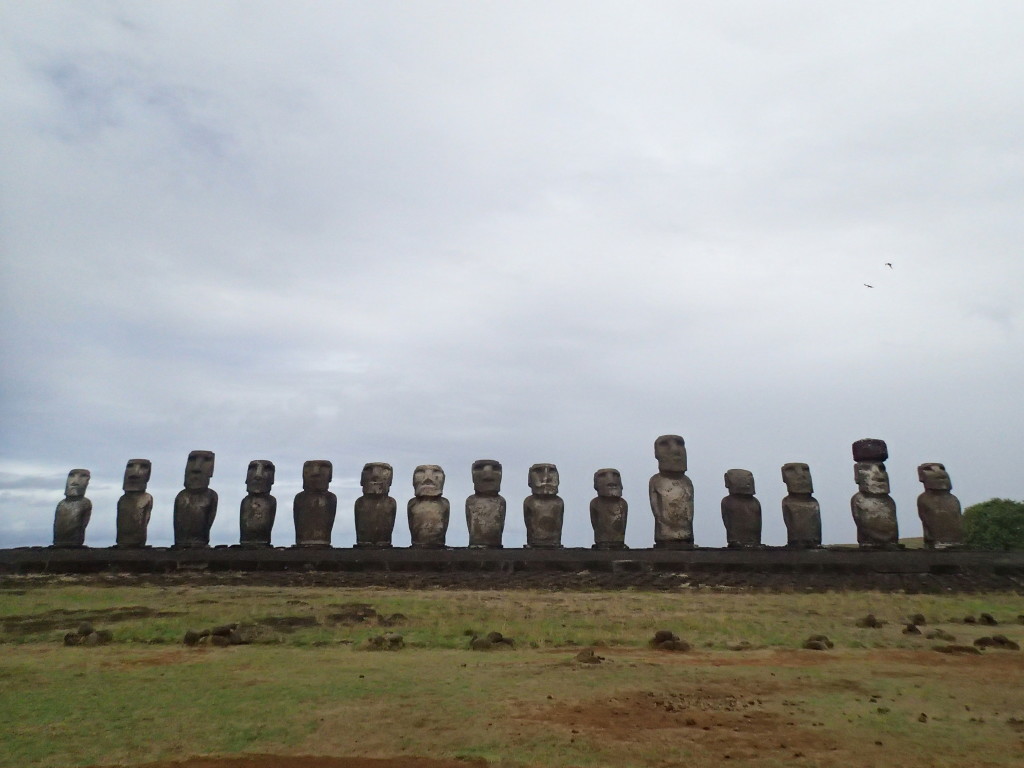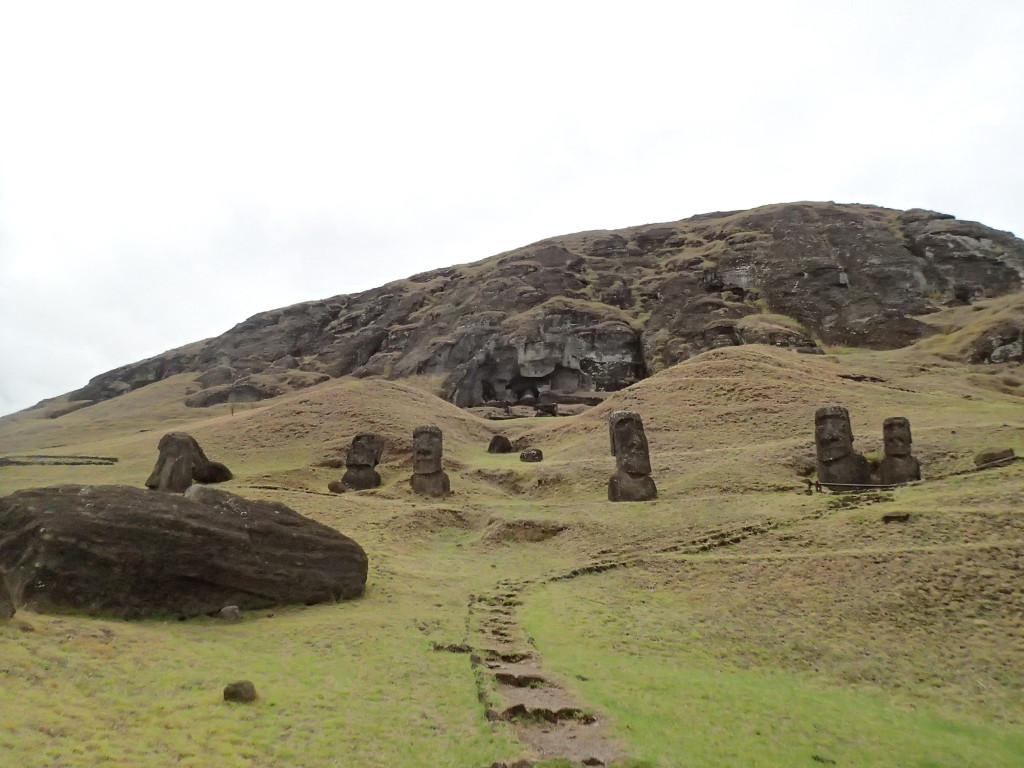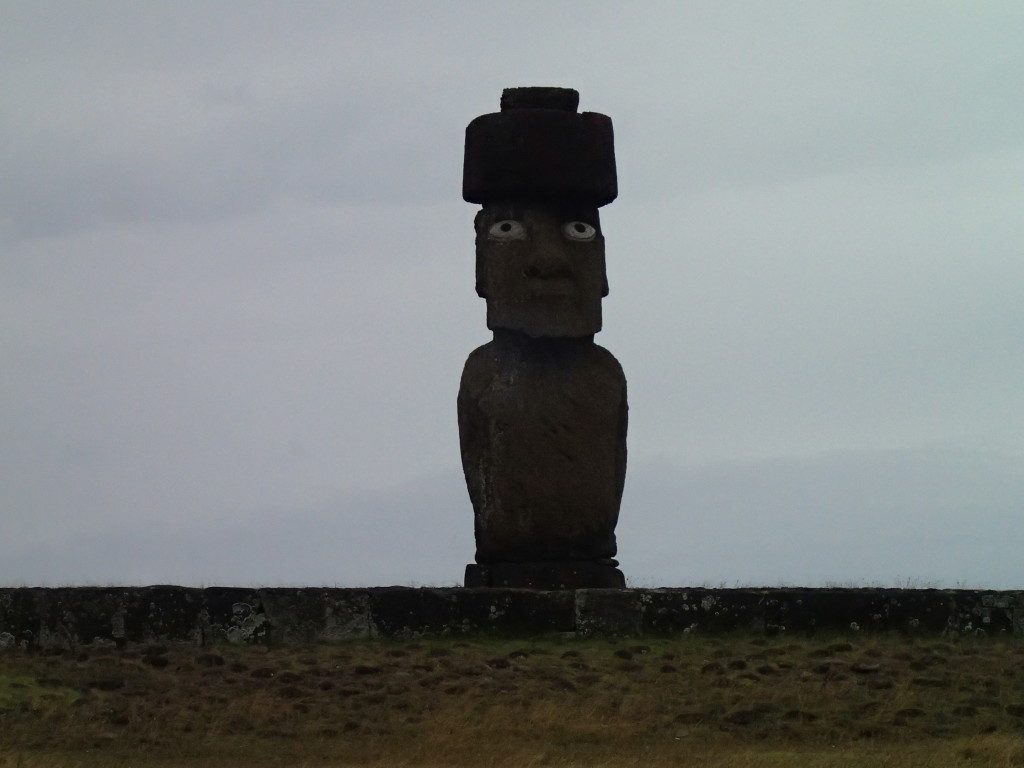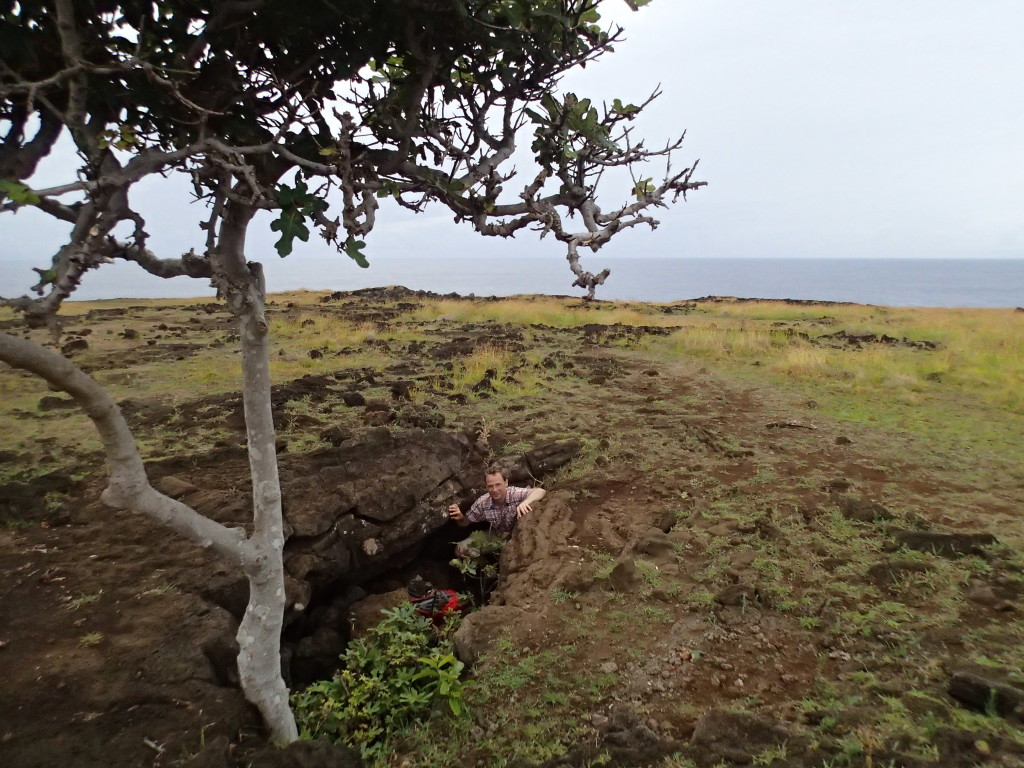Going east after Easter Island, the only practical destination is Santiago, the capital of Chile. I had been there before in 2009 but I couldn’t remember much of the stay itself. And after spending the past five days in the city centre I have come to realise why. This city has a strange way of pulling you into it, spending your days leisurely walking through its parks, cycling, running, dining, drinking glasses of superb Chilean wine filled almost to the rim and just floating on the ‘I’ll do that mañana’ vibe. I did nothing extremely exiting and I haven’t had such a relaxed time during my trip so far.
This also means there are no stories here that will make the people at home jealous but let me just share with you some of the non-exiting stuff you can do in Santiago because I can certainly recommend a visit if you like (long) city trips.
Costanera Sky Tower
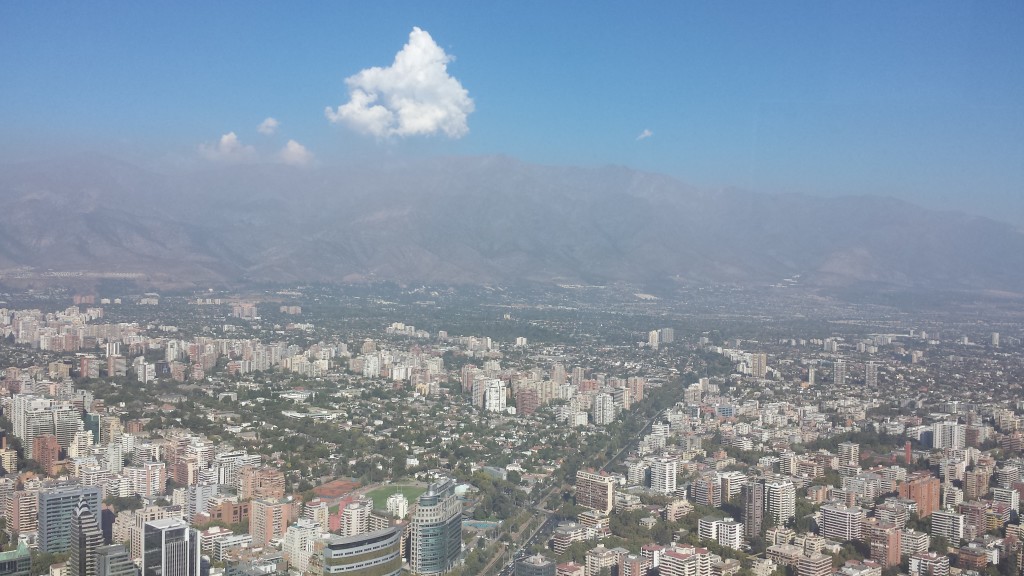
Every big city has its sky tower or equivalent and Santiago is no exception with its Torre Costanera, the highest building in South America. What is exceptional is that this one is not ridiculously priced. For the equivalent of 8 euro, you can go up to the 51st floor and stare at the vastness of greater Santiago, the mountain range that encloses it and all its parks and other highlights. There are guides and good signage which makes the spotting easy but you’ll have to be lucky with the weather and smog. The first five floors of the building hold a very modern shopping centre with a good layout of international and domestic retailers. Maybe this is professional deformation but I always have to go and check out these concepts. I wondered why I hadn’t done the Sky Tower last time until I saw that it had only opened for public in 2015. Which incidentally also makes it an activity that not many tourists have done yet.
Viña del Mar
At roughly 100km west of Santiago lies Viña del Mar, bordering the Pacific. It is the most popular beach destination in Chile, even though at 13 degrees Celsius, swimming in the ocean is a chilling experience, apparently because of Antarctic currents. People mainly go to party, sunbathe, enjoy the beautiful gardens and to visit the casino. I went there on a daytrip with Chile’s excellent bus system (5 euro each way), trying to recapture some of the magic of my legendary 5-day stay in 2009. As the casino at that time held restaurants, bars and clubs, the evening out started for many people in the Casino Municipal, a beautiful 1930 art-deco building. My friends and I got hooked on a slot machine called Cheese Caper, a themed play with bank robber mice. You could play for as little as 1 peso, and we were determined to advance through all the bonus games to reach the vault with the motherload of cheese. Only after three days did we succeed and against all odds, together with our poker gains, we ended up with a very large amount of pesos on our last day in Chile. We traded this for all the available euros (paper and coins) at the money exchange at the airport, finishing their business for the day very profitably, and put the remainder in charity boxes. I wasn’t able to reproduce our success this time but it was a lot of fun to be back and the casino still operates the Cheese Caper machines. Viña del Mar is only a few miles from the beautiful city of Valparaiso with its colourful houses so don’t miss that if you have never seen it.
Cycling and Running
There is an abundance of cyclists in and around Santiago and even though the main roads are not safe for cyclists by Dutch standards, the city has made a lot of effort to create some cycle lanes and areas. Close to my hotel was Cerro San Cristóbal, the main hill of downtown Santiago with a chapel and large statue of the virgin Mary on top. I decided to go for a run but most people cycle to the top. There are a few ways to reach it and therefore you can run or cycle in a circle which is nicer than just up and down. All the way up to the virgin Mary is about 8km, but it yields a magnificent sight over Santiago that rivals the sky tower. The Christian chanting music at the top paired with the chapel and statue also make it a very beautiful experience if you appreciate the Roman-Catholic religion. There are food and drinks for sale at different points. Running uphill for 8km is tough but the descent is only 6km and really a breeze. Cycling may be the better choice for most people and it’s probably more fun too.
Santa Lucia Hill
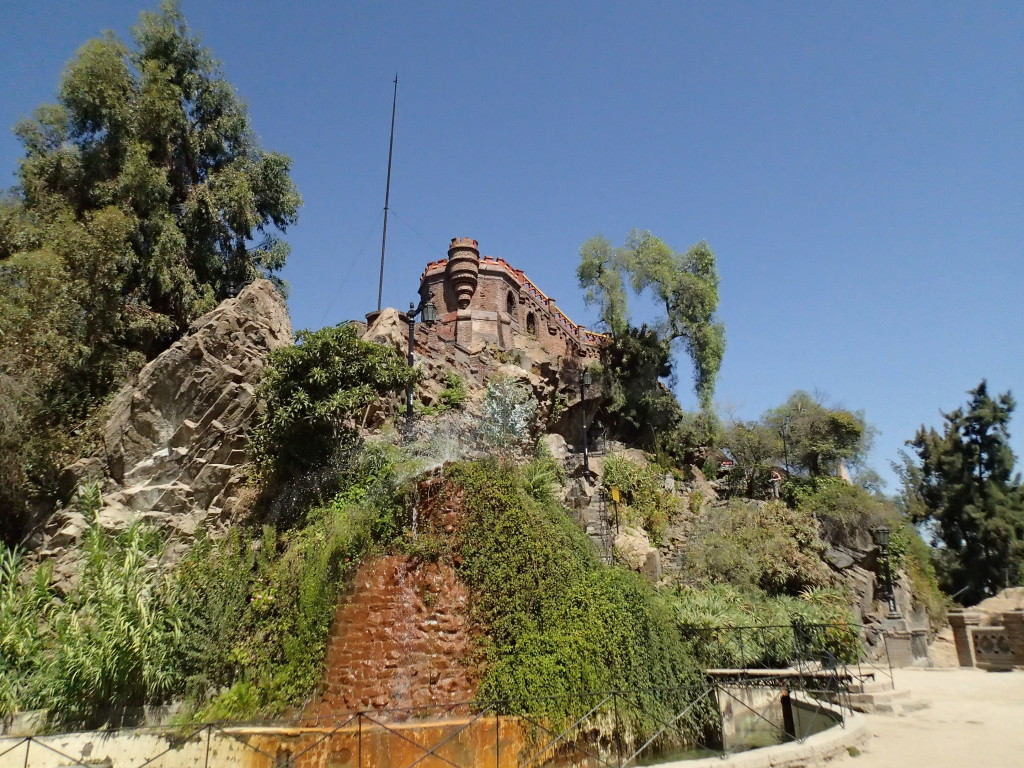
This is arguably the most beautiful location in all of Santiago, also right in the city centre. I almost missed it because it seemed like such an unpretentious park. However, covered in trees and vegetation, a winding road circles the hill with a huge amount of little side-paths, stairs and inroads. These in turn lead to beautiful vistas, a small castle, cannons, chapels, fortifications, fountains and beautiful gardens. I like places that you cannot discover in one go but where every time you try and look, you find something different. It’s by no means big and you can do most of it in 2 hours but it’s very, very impressive. The hill supposedly was the first point of reconnaissance in the area for the Spanish conquerors and legend has it that Pedro de Valdivia decided on this hill where to build Santiago. I missed it, but I read later that at noon each day a cannon shot is fired from the hill.
Wine tasting
Wine tasting in Chile is a bit different from most other places because vineyards provide full tours and explanations on the estate, soil and processes with tasting only afterwards. I much prefer the loose and efficient vineyard hopping and tasting that is prevalent in many other wine regions. Having done one of the tours already I decided not to opt for another one. However, I came across the Bocanáriz winebar in the bohemian district Barria Lastarria in the centre of Santiago that offered easy wine tasting with many theme based flights, all with Chilean wines only and with different Carmenères, the red grape most typical to Chile. They also have an excellent menu with dishes you don’t find in many places. I didn’t particularly enjoy the raw sea urchins but it was interesting to try them in a ceviche. If you like something sweet to finish, check out Italian-American restaurant Nolita in the same street for their Belgium chocolate cone, one of the best chocolate desserts I’ve ever had.
